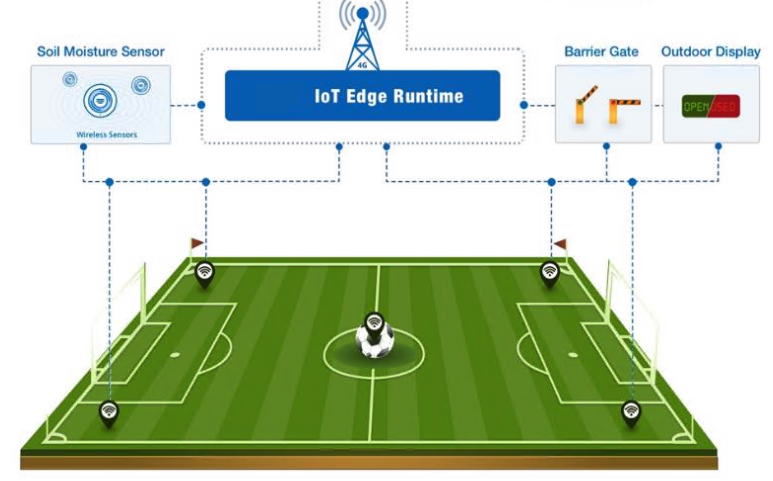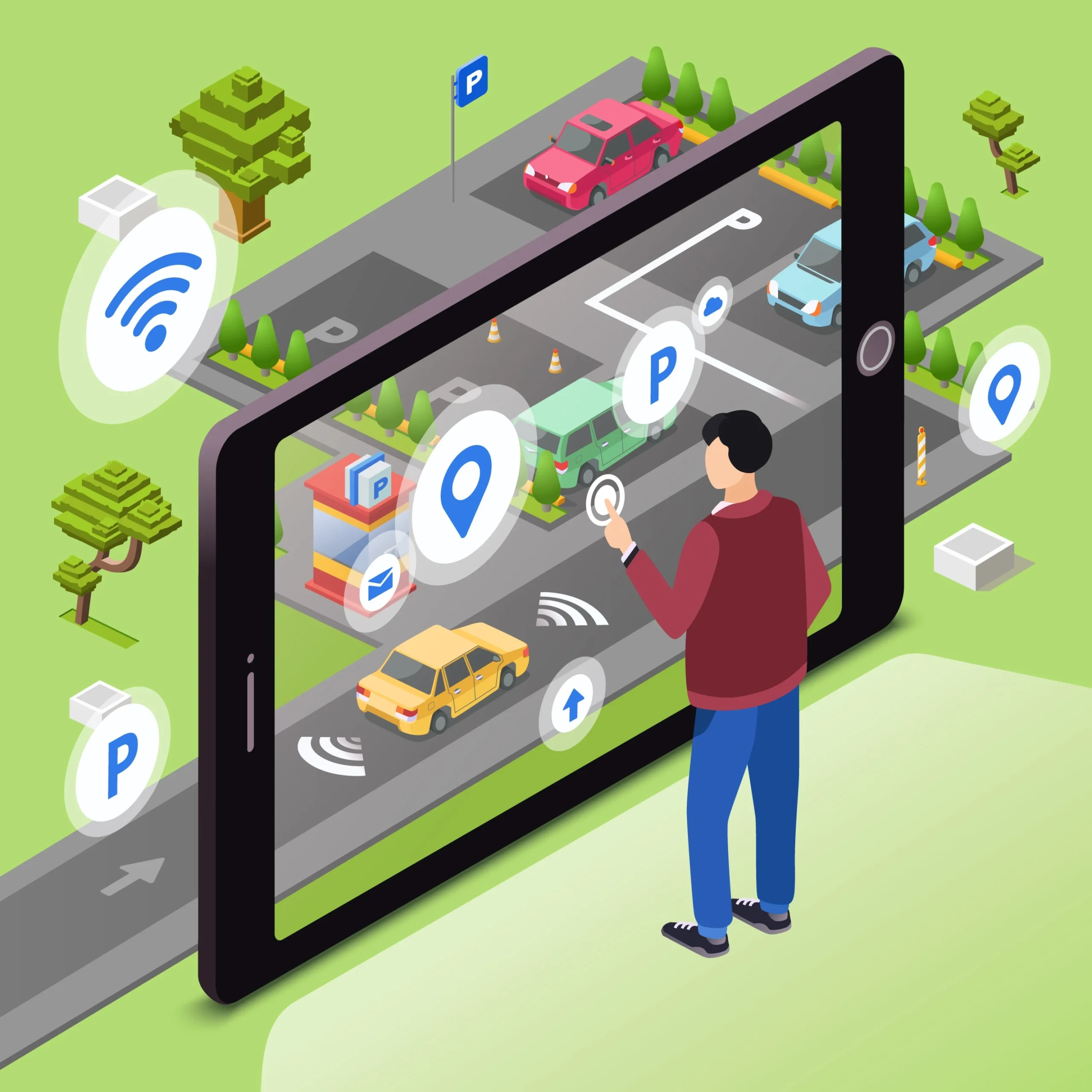As urban landscapes evolve, so do the green spaces within them. Today’s parks are no longer just passive recreational areas; they’re becoming dynamic, responsive environments that leverage cutting-edge technology to enhance visitor experiences and contribute to broader smart city initiatives. Let’s explore three exciting trends that are reshaping our urban oases. 1. Smart Benches: More Than Just a Place to Sit Gone are the days when park benches were simply places to rest. The new generation of smart benches is transforming these humble fixtures into multifunctional hubs of connectivity and convenience. Solar-Powered Connectivity Smart benches often come equipped with solar panels, allowing them to generate their own clean energy. This self-sufficiency not only reduces operational costs but also aligns with cities’ sustainability goals. Charging Stations on the Go One of the most appreciated features of smart benches is their ability to charge mobile devices. USB ports and wireless charging pads are seamlessly integrated into the design, allowing park-goers to top up their batteries while enjoying the outdoors. Wi-Fi Hotspots Many smart benches double as Wi-Fi hotspots, extending internet connectivity throughout the park. This feature not only enhances visitor convenience but also supports various IoT devices and sensors deployed in the area. Environmental Monitoring Some advanced models incorporate sensors that monitor air quality, temperature, and humidity. This data can be invaluable for city planners and environmental scientists tracking urban microclimates and pollution levels. Interactive Information Displays Touchscreen displays on smart benches can provide park maps, event schedules, and real-time information about park facilities. Some even offer interactive games or educational content about local flora and fauna. The integration of smart benches is just the beginning. As these technologies become more widespread, we can expect to see increased engagement from park visitors and more efficient management of park resources. 2. Intelligent Irrigation: Precision Water Management Water conservation is a critical concern for many cities, and parks are often significant consumers of this precious resource. Intelligent irrigation systems are emerging as a game-changer in park management, offering precision control and substantial water savings. Soil Moisture Sensors By embedding sensors throughout park grounds, irrigation systems can now detect the exact moisture content of the soil. This granular data allows for targeted watering, ensuring that each area receives precisely the amount of water it needs – no more, no less. Weather-Based Controls Advanced irrigation systems integrate local weather forecasts into their decision-making processes. If rain is predicted, the system can automatically adjust or postpone watering schedules, preventing wasteful overwatering. Leak Detection Intelligent systems can quickly identify unusual water flow patterns that may indicate leaks. This rapid response capability can save thousands of gallons of water and prevent damage to park infrastructure. Remote Management Park managers can now control irrigation systems from their smartphones or tablets. This remote access allows for real-time adjustments and rapid response to changing conditions, even when staff are not physically present in the park. Data-Driven Landscaping The wealth of data collected by these systems is helping park designers make more informed decisions about plant selection and placement. By understanding microclimates within the park, they can choose species that will thrive in specific locations, reducing the need for intensive irrigation. The implementation of intelligent irrigation not only conserves water but also promotes healthier plant growth, reduces maintenance costs, and allows parks to remain lush and inviting even in drought-prone areas. 3. Climate Resilience: Parks as Urban Safeguards As cities grapple with the impacts of climate change, parks are being reimagined as critical infrastructure for climate resilience. Innovative technologies are enabling these green spaces to play a vital role in mitigating environmental challenges. Flood Mitigation Through Smart Design Parks in flood-prone areas are being redesigned with permeable surfaces and underground water storage systems. Smart sensors monitor water levels and can automatically activate pumps or open drainage channels to manage excess water during heavy rainfall events. Urban Heat Island Reduction Strategic placement of trees and green spaces, guided by thermal imaging and microclimate sensors, helps combat the urban heat island effect. Some parks are experimenting with “cool pavements” that reflect more sunlight and absorb less heat than traditional materials. Air Quality Improvement Beyond passive air filtration by vegetation, some parks are installing active air purification systems. These can range from photocatalytic surfaces that break down pollutants to strategically placed “smog-eating” sculptures that filter particulates from the air. Biodiversity Monitoring Advanced camera systems and AI-powered image recognition are being used to track wildlife populations and plant health. This data helps park managers maintain ecological balance and respond quickly to invasive species or disease outbreaks. Renewable Energy Generation Some forward-thinking parks are incorporating renewable energy generation into their design. Solar walkways, wind turbines disguised as public art, and even piezoelectric systems that generate electricity from footsteps are turning parks into clean energy producers. Community Education and Engagement Interactive displays and augmented reality apps are being used to educate visitors about climate change and resilience strategies. Some parks host “living labs” where visitors can see climate adaptation techniques in action and learn how to apply them in their own lives. By embracing these climate resilience technologies, parks are not only protecting themselves from environmental threats but are also serving as models for sustainable urban development. The Future is Green and Smart As we’ve seen, the integration of technology into urban parks is creating spaces that are more engaging, efficient, and resilient. Smart benches are redefining how we interact with park amenities, intelligent irrigation is revolutionizing water management, and climate resilience strategies are positioning parks as crucial components of sustainable urban infrastructure. These advancements are not just about adding gadgets to our green spaces. They represent a fundamental shift in how we conceive of parks in the urban fabric. Parks are becoming active participants in city life, contributing to data collection, environmental management, and community engagement in ways that were unimaginable just a few years ago. As we look to the future, we can expect to see even greater integration between parks and
What is a Smart City? What exactly is a “smart city”? While tech companies often focus on flashy sensors and apps, a truly smart city is one that thoughtfully integrates technology, community engagement, and environmental considerations to enhance quality of life, sustainability, and resilience for all residents. Rather than starting with technology for technology’s sake, successful smart city initiatives begin by identifying real community challenges that need solving. For example, the City of Richmond, California faced serious air quality issues affecting public health due to industrial activity, ports, and highways near residential areas. They launched a targeted project to gather data on pollution sources and develop evidence-based improvement plans. They deployed 50 air quality sensors and enrolled citizens to collect additional data as a part of California Air Resources Board (CARB). Step 1: Measurable Outcomes When launching a smart city program, focus first on defining clear, measurable outcomes tied to community priorities. These could include: Reducing traffic congestion and commute times by 25% through smart traffic signals and real-time transit information Cutting energy usage and costs by 30% via smart building systems and LED streetlights Improving emergency response times by 40% through connected infrastructure and predictive analytics Increasing civic engagement by enabling 24/7 access to city services and public input channels Step 2: Stakeholder Engagement Most importantly, successful initiatives require buy-in and ongoing engagement from key stakeholders: City leadership to champion the vision and secure resources Department heads to enable cross-agency collaboration Community members to ensure solutions meet real needs Local businesses and institutions as potential partners Technology vendors aligned with city goals The Town of Morrisville provides a model approach. Town of Morrisville started with a strategic plan organized around core community values: sustainability, mobility, accessibility, resiliency and transparency. The town created a Smart City Advisory Committee that meets on a regular basis. The committee reviews the proposals and makes recommendations about technology and implementation. Resident surveys about their technology needs and concerns are conducted. Based on this input, they evaluate and implement specific technologies. The key is viewing smart city development as a means to an end – using technology thoughtfully to create measurable improvements in residents’ daily lives. By starting with community challenges rather than technology solutions, cities can develop initiatives that deliver real value. Want to get started? Begin by: Step 3: Leveraging Existing Resources A common misconception is that smart city initiatives require massive new investments. In reality, many communities already have valuable infrastructure and data sources they can leverage: Existing Infrastructure USGS flood monitoring stations providing real-time water level data Building automation systems in government facilities HVAC systems generating performance data through industry-standard protocols (BACnet, Modbus, DNP3) Traffic signals and cameras Weather stations Local Technology Partners IT service providers System integrators Software development firms Telecommunications companies Cybersecurity specialists Academic Partners Many universities are eager to collaborate on smart city projects through their specialized departments: Forestry departments for urban tree monitoring and park management Environmental engineering for air quality assessment Civil engineering for flood monitoring and infrastructure analysis Computer science for data analytics and visualization Urban planning for community engagement and impact assessment Data as Currency The data generated through smart city initiatives has real value that can help fund future projects: Share data with private partners in exchange for services Generate insights that improve operational efficiency Support grant applications with evidence-based outcomes Create new revenue streams through data monetization Demonstrate ROI to secure additional funding For example, Philadelphia uses a “Pitch & Pilot” framework where companies can propose solutions to city challenges. Successful pilots can lead to broader implementation, with companies gaining valuable real-world testing environments while the city receives innovative solutions. Getting Started Checklist: Inventory existing infrastructure and data sources Map local technology partners and resources Explore university collaboration opportunities Identify potential funding mechanisms Develop data sharing frameworks Launch pilot projects with clear metrics Remember: You don’t need to start from scratch. Look first at the infrastructure, partnerships, and data you already have. Then build incrementally, measuring results and reinvesting success into future initiatives. More in the next blog post. Need more information? Check out these resources: US Department of Transportation Smart City Challenge resources Smart Cities Council Readiness Guide National League of Cities Smart Cities Playbook American Planning Association Smart Cities Initiative Ready to be part of the urban revolution? Book a demo with Varidx today and discover how our cutting-edge technologies can transform your city!



